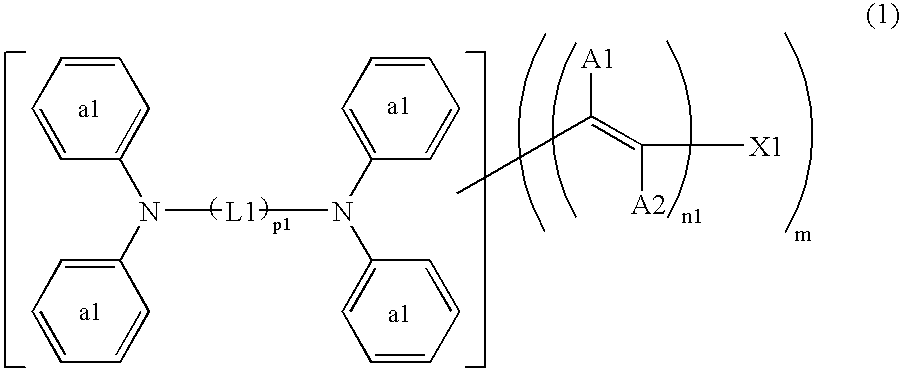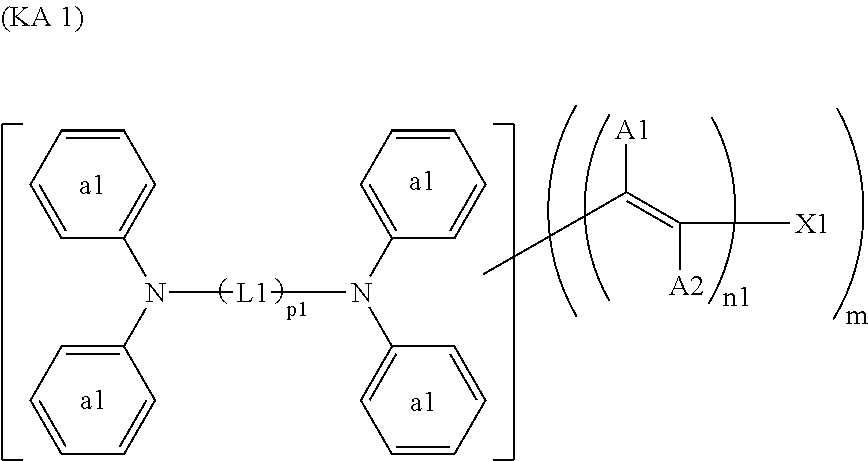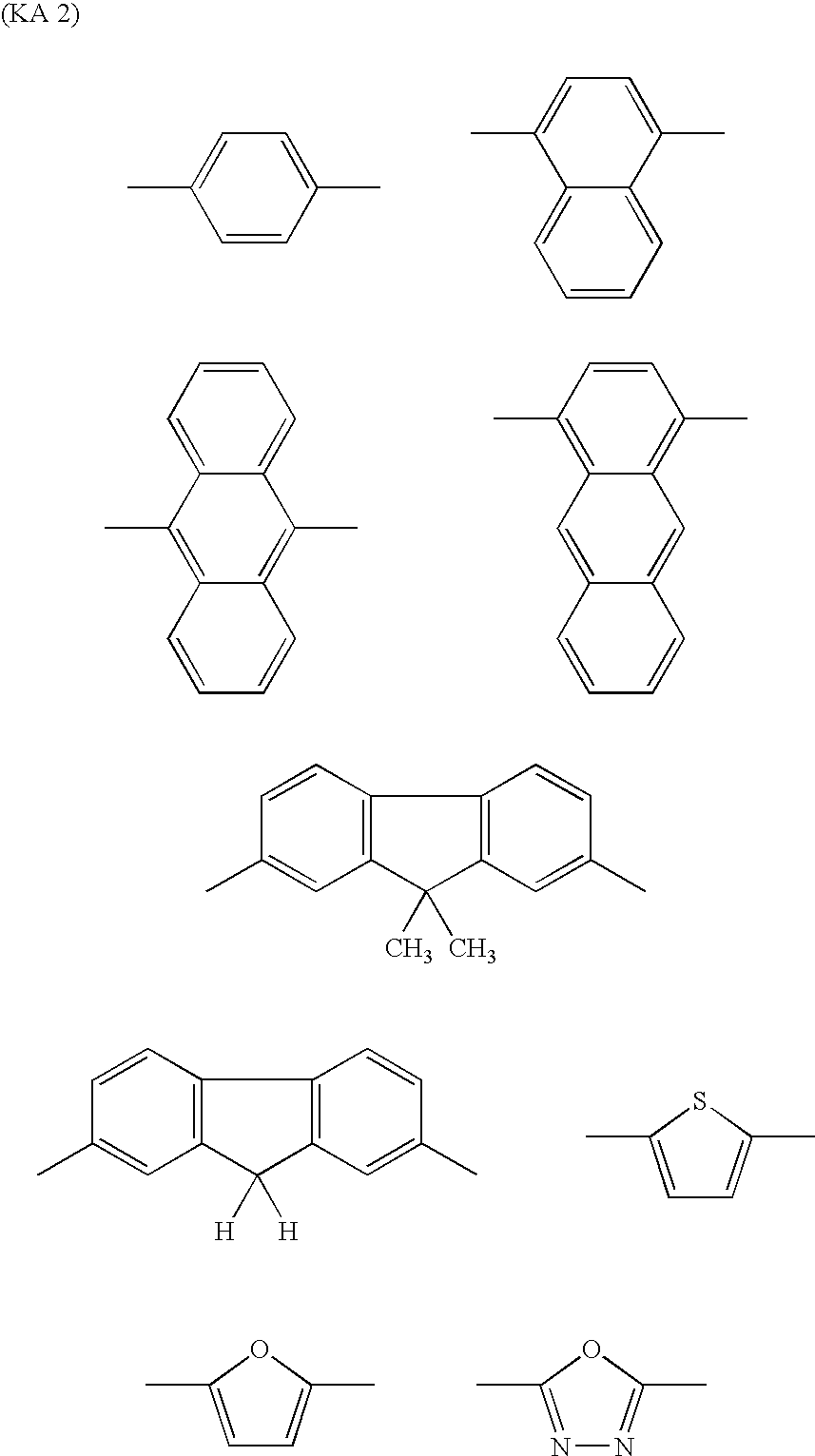Dye-sensitized photoelectic conversion devices
a technology of photoelectic conversion and dye sensitization, which is applied in the direction of electrochemical generators, sustainable manufacturing/processing, and final product manufacturing, etc., can solve the problems of high cost of dyes themselves, high energy and cost to produce, and difficult general use, etc., to achieve high stability and conversion efficiency
- Summary
- Abstract
- Description
- Claims
- Application Information
AI Technical Summary
Benefits of technology
Problems solved by technology
Method used
Image
Examples
synthesis example 1
[0111]Into 20 parts of ethanol, 5 parts of the compound (240) to be described below and 4.2 parts of methyl cyanoacetate were dissolved, and 0.05 parts of anhydrous piperazine was added thereto. After subjecting the solution to a reaction for 2 hours under reflux, it was cooled to separate out orange crystal, which was filtered, washed with water and dried. The resultant crystal was added into 50 ml of an ethanol solution of 5% potassium hydroxide, and subjected to a reaction for 1 hour under reflux. The reaction solution was poured into 100 ml of water, and further an aqueous solution of 10% hydrochloric acid was added until pH became 6. The separated-out crystal was filtered, washed with water, dried and purified with column chromatography. By further recrystallization from chloroform, 5.3 parts of the compound (21) was obtained as orange crystal.
[0112]λMax (EtOH: 402 nm)
[0113]1H-NMR (PPM:d6-DMSO): 6.94 (d.arom.2H), 7.06 (m.arom.8H), 7.23 (m.arom.5H), 7.34 (t.arom.4H), 7.44 (t.aro...
synthesis example 2
[0117]By similar processing as in Synthesis Example 1 except that 5.2 parts of the compound (241) to be described below was used instead of the compound (240) in Synthesis Example 1, 7 parts of the compound (128) was obtained as orange crystal.
[0118]λmax (EtOH: 422 nm)
[0119]
synthesis example 3
Synthesis of the Compound (168)
[0120]Into 20 parts of ethanol, 5 parts of the compound (241) and 4.2 parts of rhodanine-3-acetic acid were added, and 0.05 parts of anhydrous piperazine was added thereto. After subjecting the solution to a reaction for 2 hours under reflux, it was cooled to separate out an orange crystal, which was filtered, and washed with water. By further recrystallization from ethanol, 6.3 parts of the compound (168) was obtained as orange brown crystal.
[0121]λmax (EtOH: 496 nm)
PUM
 Login to View More
Login to View More Abstract
Description
Claims
Application Information
 Login to View More
Login to View More - R&D
- Intellectual Property
- Life Sciences
- Materials
- Tech Scout
- Unparalleled Data Quality
- Higher Quality Content
- 60% Fewer Hallucinations
Browse by: Latest US Patents, China's latest patents, Technical Efficacy Thesaurus, Application Domain, Technology Topic, Popular Technical Reports.
© 2025 PatSnap. All rights reserved.Legal|Privacy policy|Modern Slavery Act Transparency Statement|Sitemap|About US| Contact US: help@patsnap.com



